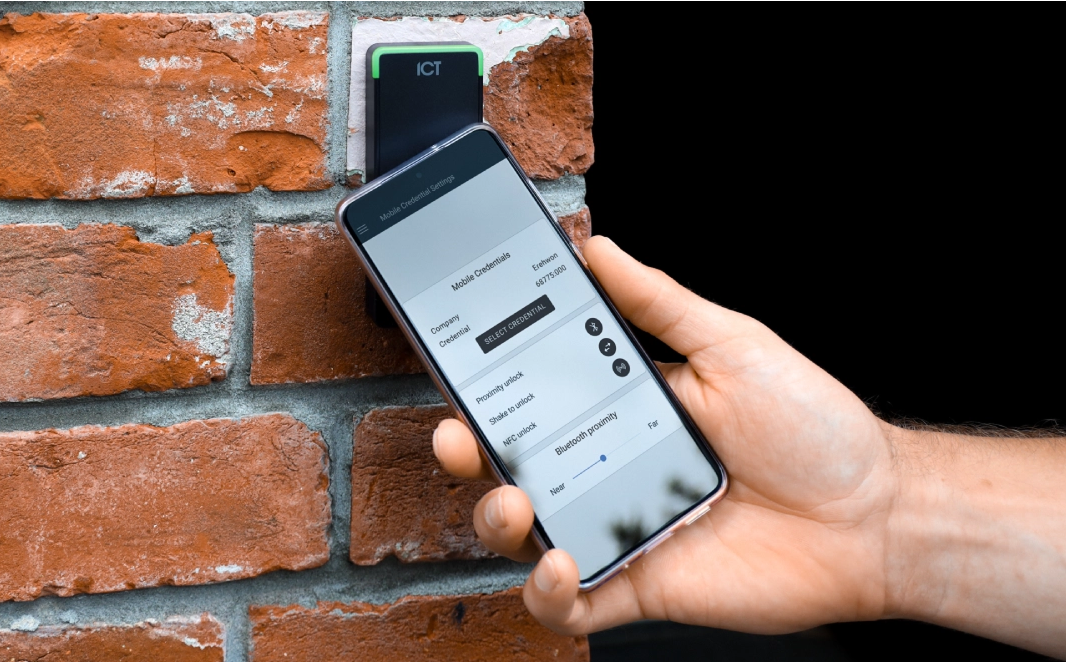In 2025, a smart office means far more than sensors or automation - it’s about creating spaces that enhance employee experience, improve management efficiency, and support flexible, hybrid ways of working.
A truly smart office starts with intent. The technology, systems and design choices all exist to serve a single purpose: providing employees with the best possible environment to work productively and comfortably, while simplifying administration and reducing operating costs for managers and owners.
Today’s offices aren’t evolving toward the future - they’re keeping pace with it. Modern employees expect workplaces that are practical, sustainable, and centred on well-being. The rise of hybrid work, the demand for flexibility, and new expectations around work-life balance have transformed how space is used. Some studies even suggest that flexible scheduling, including four-day work weeks, can improve both satisfaction and productivity.
For smaller businesses or traditional workplaces, keeping up with these expectations can feel daunting - but staying still isn’t an option. Change is happening across every sector, and adopting smart-office principles helps organisations adapt confidently, one improvement at a time.
Start small.
Allow your employees to work hybrid (if the nature of the job allows it), and then ask yourself what they need to give them the best working conditions. It will provide you with groundwork, time to adjust and help you plan the next steps.
Ask them.
Questions such as "Would you like to work in a smart office?" or "What smart features you'd like to have?" may not lead to satisfying answers.
What you can ask instead is something like, "During your workday, do you encounter any issues?", "When is it, and what is that issue?"
And if you already have some doubts about where the friction is, ask more specific questions.
Asking these questions in the form of anonymous questionnaires will put the pressure off of your team while giving you the best results at the same time.
Tip: The more specific you are with your questions, the better and more precise results you'll receive.
Go slow.
While it's scary to see how fast these changes are happening, rushing into things can only cost you your budget and allow space for mistakes you'll have trouble fixing. Go at your own pace, one small change at a time. When your team sees your effort, they'll surely appreciate it.
Manage your budget.
Big companies can go full-on smart with their spaces because usually, their budget is proportional to their size.
The good news is, not everything about smart offices is expensive to purchase or install, and some of the ideas are very low cost or no cost at all.
With careful planning and management, it's possible to provide the best experience for your employees while also staying on budget.
After doing the research into your employees’ needs, calculating the necessary budget will become even easier. For example, you find that employees don't want to use the hotdesks because they don't have a place to store their belongings for the day. Not everyone will prefer hotdesking. In that case, smart day lockers would be worth looking into. Check out this calculator of how much a smart locker system can save your workplace.
In conclusion, smart and hybrid working is the present and future of work, and while it can be scary for small businesses to adapt, it's definitely not an impossible task.
Careful and detailed planning, open communication with your employees and choosing your priorities will lead to a smarter, more sustainable and productive space for your team while also making management easier and reducing overall costs on your end.




























